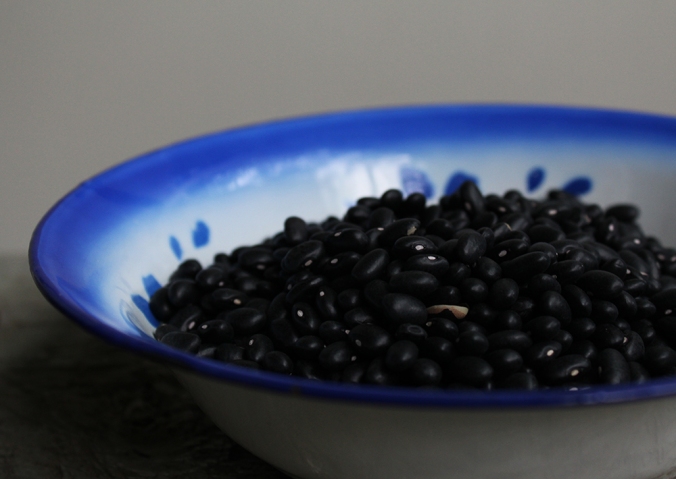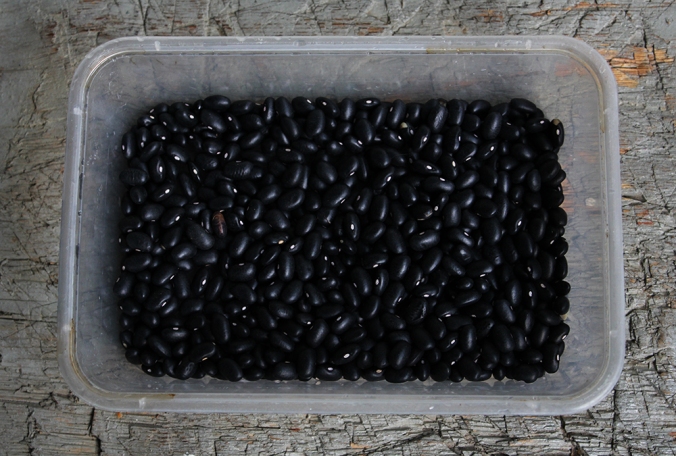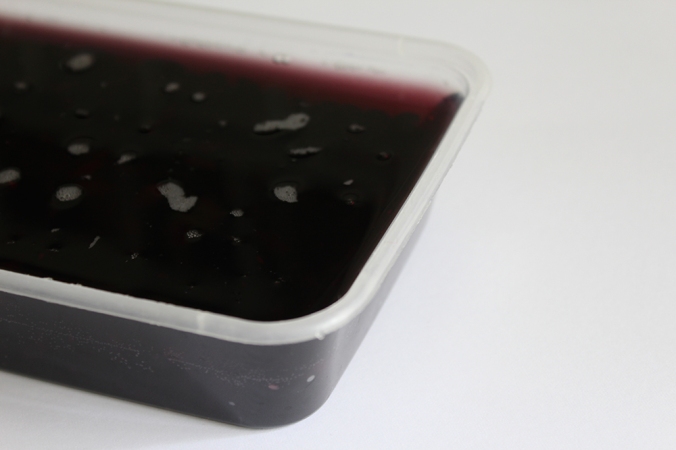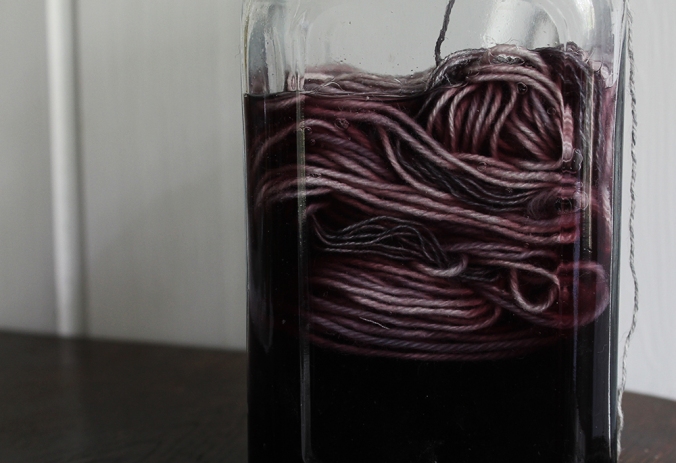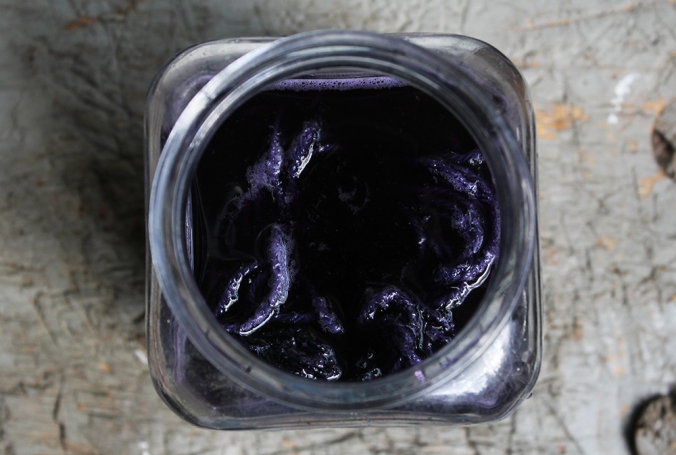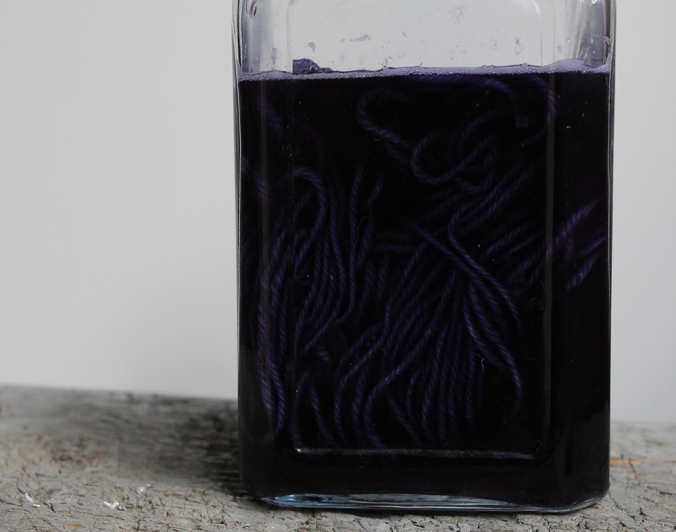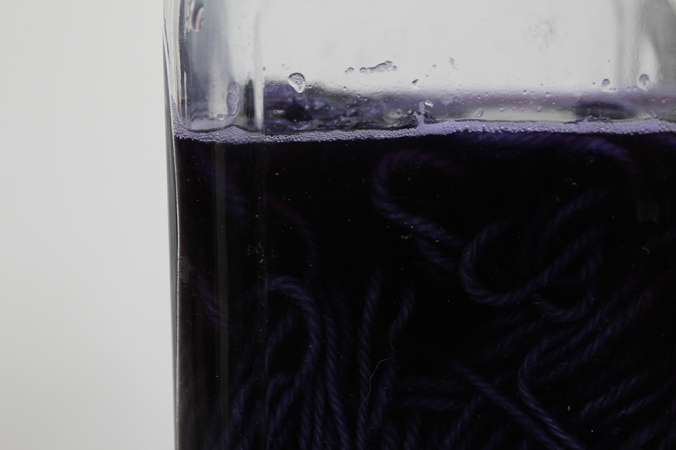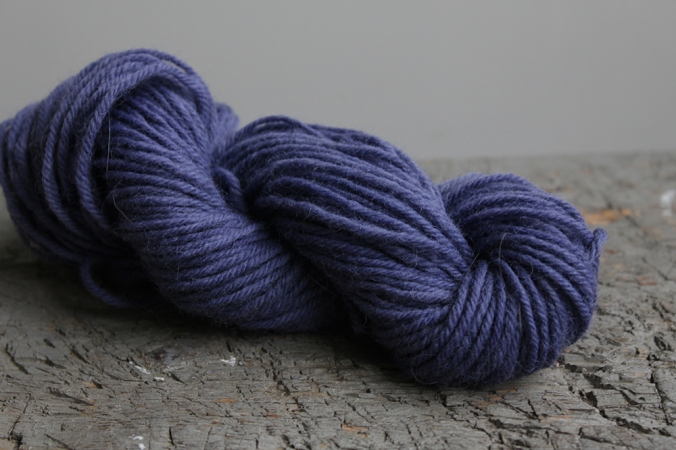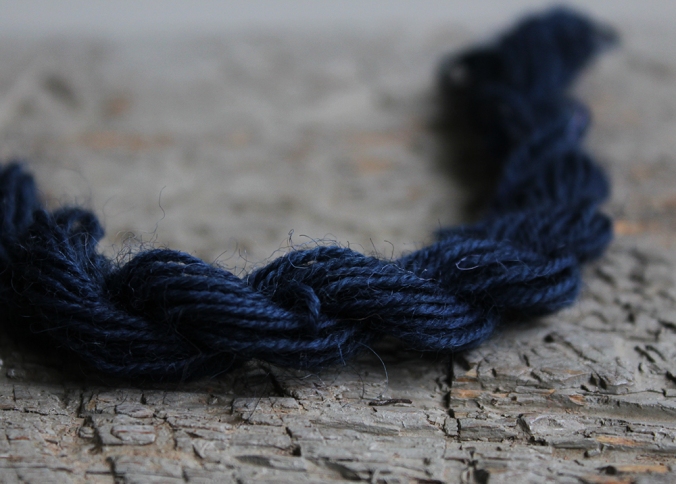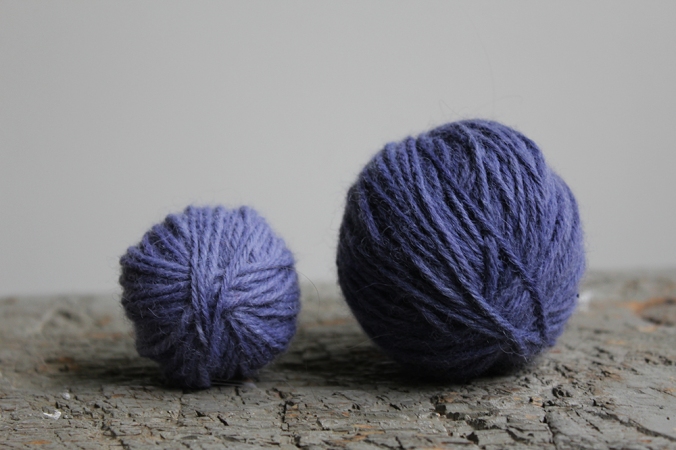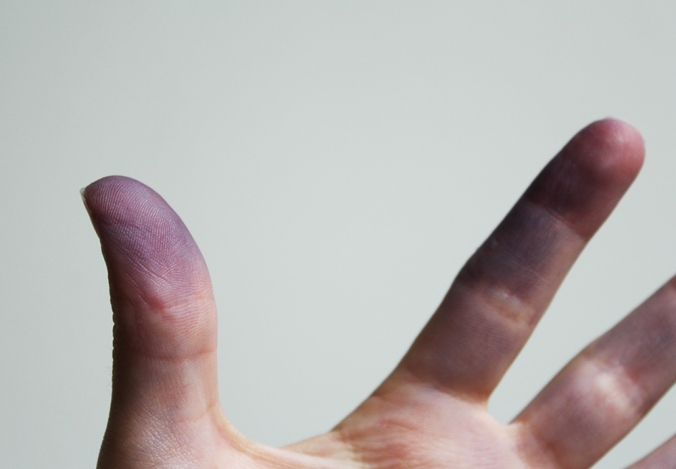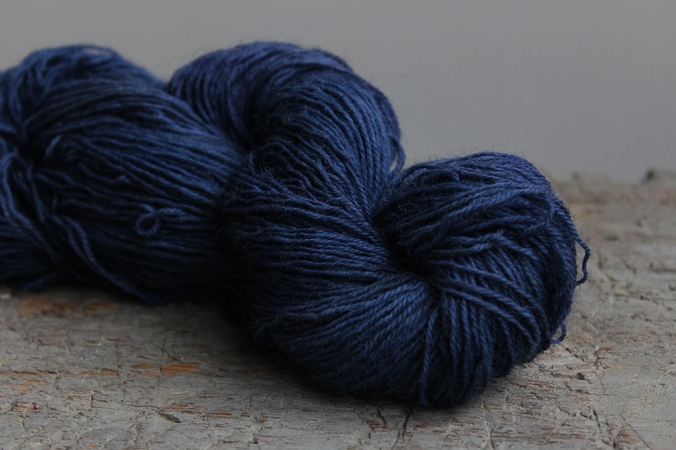METHOD 1:
For my first try I used about 500 g of fresh beetroots. I peeled and chopped them and then I boiled them in water for little under two hours (I needed to keep adding water because it was drying out). After that I sifted the dye and added a 13 g skein of white wool yarn that I had pre mordanted with alum (read about it here). I boiled the yarn for 1 hour in the dye, this is basically the same method I used when I dyed with lupine. I did add a bit of vinegar to the final rinsing water to help stabilize the colour. I knew that the result would be orange and not the pink colour you would expect from beetroot. I really like this orange, it’s not the brownish orange you get from onion shells (although that’s pretty as well). I think there is still a tiny hint of that pink left in this one.
METHOD 2:
My second try was a bit more experimental. I have been doing a lot more cold dyeing lately and I wanted to try that with beetroot as well. For this I used some pre boiled beetroots that you can buy vacuum packed. I put the beetroots (three of them) to the food processor and made mince out of them. I must say this method was much easier and much less messy then the previous one. I poured the mince in to a glass jar and filled it with water. I let the beetroot mince soak in the water for 24 hours, before sifting it from the dye.
After sifting the amount of dye decreased considerably. I put in 35 g of white wool yarn that I had previously mordanted with alum. I let the yarn soak in the dye for 24 hours (stirring it every once in a while) before rinsing and drying.
The result turned out to be this baby pink colour. Has anyone got any experience with beetroot? Does the colour stay or does it fade away? I also thought it was interesting how two different methods got me completely different results.

















